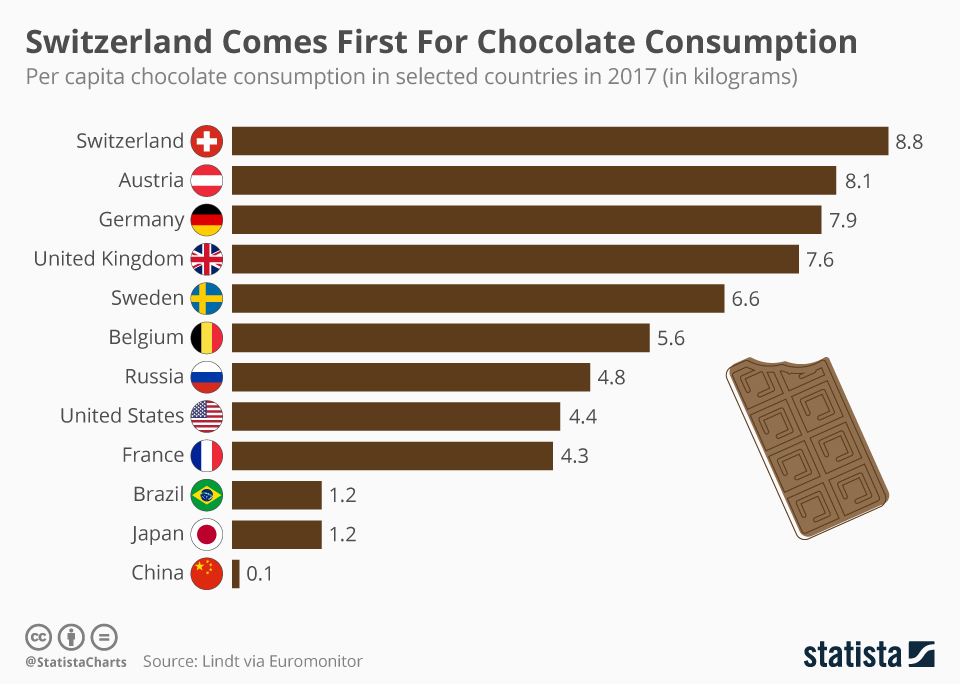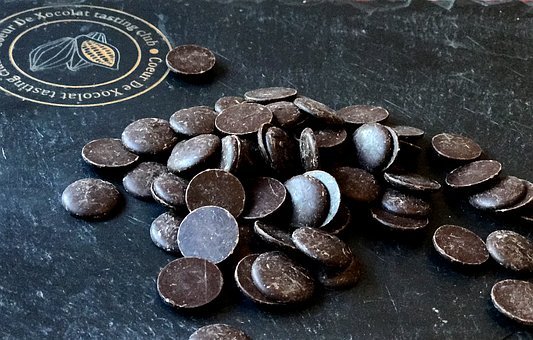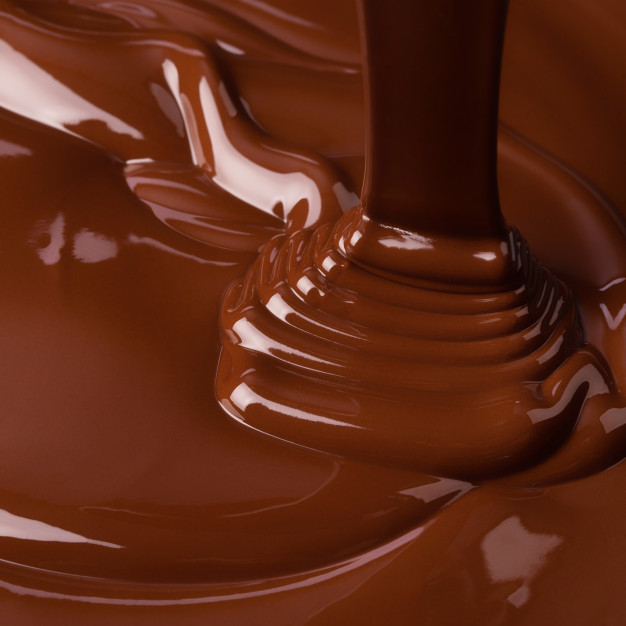Today (July 7), On World Chocolate Day, let us talk about the sweet treats, admired universally. Most people love chocolate. In fact, nine out of ten people love chocolate. About 1 billion people eat chocolate every day. Chocolates are not only one of the most delicious and adaptable foods available to us but also pack loads of health benefits.

chocolate consumption in the world – chocolate consumption – graph
World chocolate day celebrates love for this delicious, nourishing, and exceptional treat! This day celebrates all kinds of goodies made from chocolate, including chocolate milk, hot chocolate, chocolate candy bar, chocolate cake, brownies, or anything covered in chocolate.
The most common types of chocolate are:

- Unsweetened baking chocolate – cocoa solids and cocoa butter in varying proportions.
- Sweet chocolate – cocoa solids, cocoa butter or other fat and sugar.
- Milk chocolate – sweet chocolate with milk powder or condensed milk.
- White chocolate – cocoa butter, sugar, and milk but no cocoa solids.
Chocolate is perceived as a fattening treat! The fat content can be attributed to the high sugar content and processing, that it used by certain companies worldwide. But conscious and moderate consumption of chocolate can help body and brain realize numerous health benefits. Dark chocolate that contains at least 85% cocoa and only 15% sugar (or sugar alternative) are considered to be excellent for our health.
A few health facts about chocolates:


- Chocolates act as natural mood enhancers, having a few bites helps feel more content and relaxed.
- They have little caffeine content; it is enough to help keep one awake around nighttime. Students could dig this!
- They contain anti-inflammatory and antioxidant properties that can help with immunity, cough, boosting memory and brain function.
- Consuming dark chocolate twice or thrice a week, in moderate amount, can help control weight, curb sugar cravings and aid digestion.
- Dark chocolate is a powerful source of antioxidants, plus it helps to improve blood flow, lower blood pressure, and reduce the risk of heart disease.
- According to a research, consumption of about 30 gm of chocolate consistently during pregnancy proved to be beneficial for the development and growth of the fetus.
A few fun facts about chocolates:


- In the Aztec culture, chocolate was also used as currency.
- Scientists have found that colours have an impact on our perception of taste. Thus, drinking hot chocolate in an orange cup will make it taste better!
- Switzerland has a square flag…indicating the huge amount of chocolate they produce, consume and export.
- Rudolph Lindt, a Bernese chocolatier, accidentally left the chocolate mixing overnight, and discovered a smoother, creamier product in the morning, which is our current chocolate.
- 40% of all the chocolate consumed in Switzerland is imported. Yes, imported! That is 35,000 tons of foreign chocolate coming into the land that is most famous for it.
- Chocolate manufactured in the United States is generally sweeter than chocolate produced in European countries. European chocolate contains more cocoa and thus, less sugar. European milk chocolate varieties also tend to contain more milk, making them taste creamier.
- The Swiss rank among the top chocolate lovers in the world, consuming averagely between 11 and 12 kg of chocolate per year.

When devoured with some restraint, chocolates may not hurt the body. We all deserve some chocolates today and always! Happy Chocolate Day to all!!